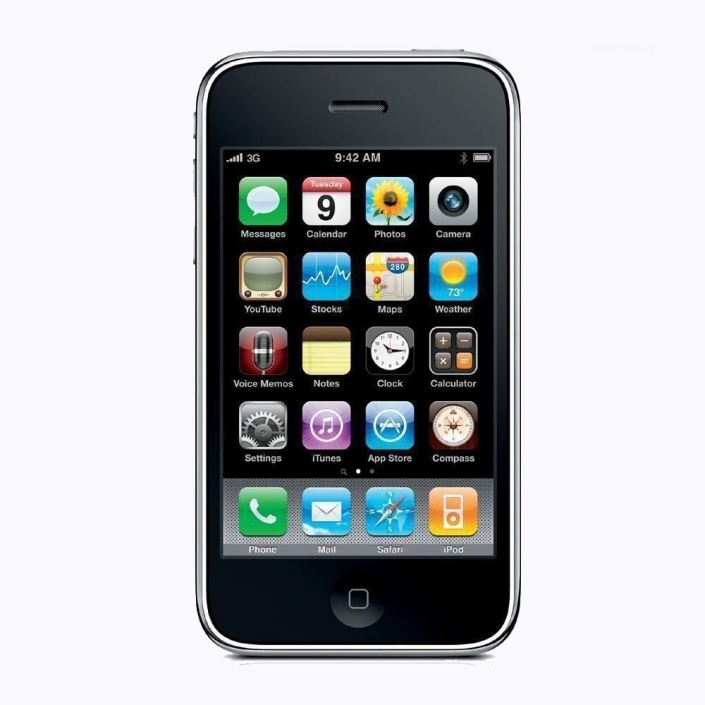Uncategorized
goodbye and hello
After quite a few years here on wordpress.com I have decided to move to wordpress.org. I think in the long term wordpress.org will turn out to be a better platform for me though I have really enjoyed posting here on wordpress.com.
I really appreciate your support and interest and hope you will continue to share my interest in colour in the new site which you can see at www.colourware.org. If you have subscribed to email updates I am hoping that you will automatically be transferred to the new blog. If not you can always go to the new blog and subscribe again. Hope to see you there.
Steve
Welcome to my blog
I am passionate about sharing my knowledge about colour to anyone who is prepared to listen. I work as a professor of colour science at the University of Leeds, in the School of Design, but I have held academic posts in departments of Chemistry, Physics, Neuroscience, and Engineering. Sounds like a mixed bag, but my interest was colour chemistry, colour physics, colour neuroscience, colour engineering and colour design. You see I have come to believe that colour is the perfect meta-discipline and that to understand colour you need to be able to understand (but not necessarily be an expert in) different fields of knowledge.
One way to use this blog is to just browse through it and dip in here or there. However, another way is to click on one of the categories (that interest you) such as culture, design, fun, and technology and see posts in that area. You can find the categories on the right-hand side of the page if you scroll down.
You can also comment on the blogs. I really like this, even if you disagree with me. Someone once said to me if you put ten colour physicists in a room and ask them a question (presumably about colour physics) you’ll get 10 different answers. Well, I guess not all of you reading this are colour physicists. Given our different interests and backgrounds, and given the complexity of colour, it’s not surprising that we will disagree from time to time. And that is rather the fun part.
If you have a technical question you’d love me to answer you can click on Ask Me and post it there. You can also email me at s.westland@leeds.ac.uk
colour correction for iphone
Image Posted on

Of course, one of the reasons (but by far not the only one) that the iphone has been so successful is the quality of the camera that is built in. It was certainly one of the features that made me switch from Nokia about 3 years ago after more than 15 years of loyalty to the swedish brand. So I was interested to read recently that the next iphone may feature advanced colour correction methods and promises to be even better than its predecessors. You can read about the story here.
Colour correction is necessary because different cameras use different RGB primaries and because the activation of the RGB sensors when taking an image depend upon the quantity and quality of the ambient illumination. So, for example, imagine the light was very very red, then the R channel of the camera would be more strongly activated than if the light was whiter. However, our visual systems are able to compensate for this so that most of the time we don’t notice objects changing colour when we move from one room to another or from inside to outside. Colour correction is inspired by human colour constancy and attempt to correct the images so that the objects in the scene would retain their daylight appearance. However, colour correction is difficult; that is, it is very difficult to get it right all of the time. One frustration I have is taking a photo of my band (I play drums in a covers band) under very colourful lighting. Often the images are very disappointing and lack the intensity of the original scene. That is because, human colour constancy is only partial and under extreme lighting things really do change colour markedly – such as under our intense LED stage lighting. In these cases I think sometimes the automatic colour correction is actually too much and I have found that I have to modify the images I capture on my mac to try to recreate what I think the original scene looked like. So auto colour correction – the state of the art – is certainly not perfect. Let’s hope this story about an advance made by Apple is true.
2012 in review
The WordPress.com stats helper monkeys prepared a 2012 annual report for this blog.
Here’s an excerpt:
4,329 films were submitted to the 2012 Cannes Film Festival. This blog had 42,000 views in 2012. If each view were a film, this blog would power 10 Film Festivals
“The coluor green can never be green, because of the way it is made”.
The color green might have killed Napoleon.
So says the New York Times in The Toxic Side of Being, Literally, Green.
Kermit was correct, being green really is tough, so tough that the color itself fails dismally. The cruel truth is that most forms of the color green, the most powerful symbol of sustainable design, aren’t ecologically responsible, and can be damaging to the environment.
“The color green can never be green, because of the way it is made. It’s impossible to dye plastic green or to print green ink on paper without contaminating them.”
What the article doesn’t say is whether another color that would would have been less toxic and a better fit for what is now the “green” movement. It’s unlikely that red with all it’s sociao-political connotations would have been the chosen, but would that be less toxic, historically and in modern times?
“Natural” would be the most green…
View original post 94 more words
Not 100% colour related but I really like the photographs at this site – http://hovercraftdoggy.wordpress.com/
Interesting article on inappropriate overuse of colour
Introduction
This is the first post in a series on the rainbow and similar color palettes. My goal is to demonstrate it is not a good idea to use these palettes to display scientific data, and then answer these two questions: (1) is there anything we can do to “fix” the rainbow, and (2) if not, can we design a new one from scratch.
The rainbow is dead…some examples
In a previous post I showed a pseudo-3D rendering of my left hand x-ray using intensity (which is a measure of bone thickness) as the elevation. I mapped the rendering to both grayscale and rainbow color palettes, and here I reproduced the two images side by side:
I used this example to argue (briefly) that the rainbow obscures some details and confuses images by introducing artifacts. Notice that in this case it clearly reduces the effectiveness of the pseudo-3D rendering in general. It also…
View original post 1,426 more words


